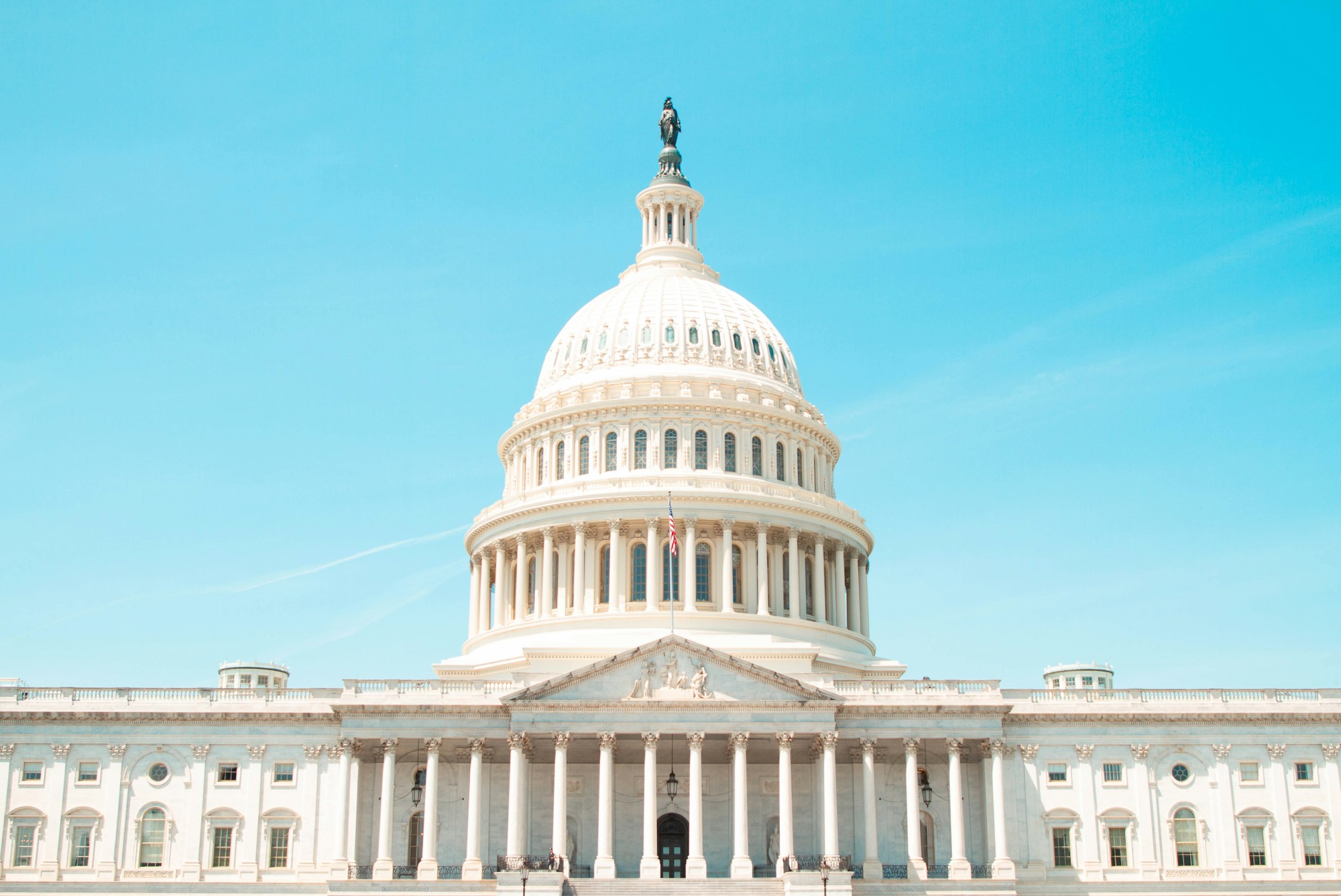Best Months to Visit Washington, D.C.: Weather & Seasons Guide

Best Months to Visit Washington, D.C.: Weather & Seasons Guide
Washington, D.C., the capital of the United States, is a vibrant city with a rich cultural and historical heritage. Whether you're visiting for business or pleasure, it's important to plan your trip around the weather to make the most of your time in the city. Here's a guide to the best months to visit Washington, D.C., based on weather and seasons.
Spring (March to May)
Spring is a beautiful time to visit Washington, D.C., as the cherry blossoms bloom around the city. The temperatures during this season gradually rise from mild to warm, making it perfect for outdoor activities. However, be prepared for occasional showers during April and May.
Humidity: The humidity in spring ranges from moderate to high.
Temperature: The average temperatures in March range from 39°F (4°C) to 58°F (14°C), in April from 48°F (9°C) to 69°F (21°C), and in May from 57°F (14°C) to 77°F (25°C).
Sun: As spring progresses, the days get longer, and the city enjoys around 10 to 12 hours of daylight.
Rain: Rainfall is moderate during spring, with April being the wettest month. It's a good idea to carry an umbrella or raincoat.
Summer (June to August)
Summer in Washington, D.C., is hot and humid, but it offers a lively atmosphere and plenty of events and festivals. The city experiences longer daylight hours, providing ample time to explore outdoor attractions. However, be prepared for occasional thunderstorms that can bring relief from the heat.
Humidity: The humidity in summer is high, creating a muggy and sticky environment.
Temperature: The average temperatures in June range from 66°F (19°C) to 85°F (29°C), in July from 71°F (22°C) to 89°F (32°C), and in August from 70°F (21°C) to 87°F (31°C).
Sun: Summer days in Washington, D.C., are long, with approximately 14 hours of daylight.
Rain: Summer is the wettest season, with frequent afternoon thunderstorms. July tends to be the rainiest month. Don't forget to carry an umbrella or a waterproof jacket.
Fall (September to November)
Fall offers mild and pleasant weather that locals and tourists alike enjoy. Washington, D.C., is especially beautiful during the fall season when the foliage turns vibrant shades of red, orange, and yellow. It's a great time to explore outdoor attractions and attend cultural festivals.
Humidity: The humidity in fall decreases gradually, making the weather more comfortable.
Temperature: The average temperatures in September range from 63°F (17°C) to 82°F (28°C), in October from 51°F (11°C) to 70°F (21°C), and in November from 40°F (4°C) to 58°F (14°C).
Sun: Days become shorter in fall, with about 10 to 12 hours of daylight.
Rain: The amount of rainfall decreases in fall compared to summer, but it's still advisable to carry an umbrella or a light raincoat.
Winter (December to February)
Winter in Washington, D.C., can be quite cold, but it also offers unique attractions, including the National Christmas Tree and ice skating at the National Gallery of Art Sculpture Garden. While outdoor activities are limited, indoor museums and galleries provide plenty of entertainment for visitors.
Humidity: The humidity in winter is generally low, making the cold temperatures feel even chillier.
Temperature: The average temperatures in December range from 31°F (-1°C) to 48°F (9°C), in January from 27°F (-3°C) to 44°F (7°C), and in February from 30°F (-1°C) to 47°F (8°C).
Sun: Winter days are shorter, with approximately 9 to 10 hours of daylight.
Rain: Winter tends to be the driest season, with mild amounts of rainfall. Snowfall is possible but not very common.
Plan Your Visit to Washington, D.C.
Now that you have a better understanding of the weather and seasons in Washington, D.C., you can plan your trip accordingly. Whether you prefer blooming cherry blossoms in the spring or festive holiday events in the winter, this city has something to offer year-round. Remember to pack appropriate clothing and gear based on the weather during your visit.
